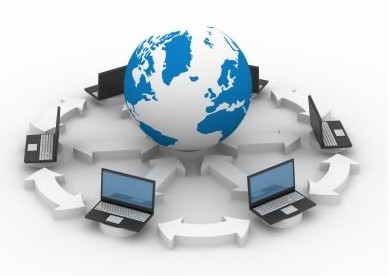According to a new global market study commissioned by Citrix, securing the explosive growth of mobile workstyles is on pace to drive a significant spike in demand for desktop virtualization over the next two years. Fifty-five percent of companies surveyed expect to roll out new desktop virtualization deployments for the first time by 2013, with 86 percent citing security as a primary driver.
The top factors driving this growth included:
- Secure access for mobile and user owned devices
- Increased app and data security
- Business agility for an increasingly mobile workforce
- Simplified risk management
“Desktop virtualization delivers centralized control and management of desktops, applications and data delivered to any endpoint device. It also offers granular, policy-based access control and supports compliance requirements. It embeds an important infrastructure level of information governance that enhances risk management across information security and compliance,” said Kurt Roemer, chief security strategist, for Citrix.
Other key benefits identified by IT decision makers included the immediate provisioning and de-provisioning of app and desktop access at 60 percent, instant isolation of a compromised application at 54 percent, and the ability to remotely wipe data from mobile and PC devices at 32 percent.
Eighty six percent of those surveyed believe that desktop virtualization offers a strategic approach to improved information security, regardless of whether or not they intend to use desktop virtualization within their own organization.
Of the senior IT decision makers that will have desktop virtualization in place at the end of 2013, 95 percent believe it is very effective at protecting information while providing workers with fast and effective access to the information they require. Ninety seven percent said that they expect desktop virtualization to help their organization respond to new and emerging security threats.
Benefits at the Device Level
At a device level, 74 percent of senior IT decision makers envisage using desktop virtualization to instantly update an entire enterprise’s network of PC and computing devices and sixty six percent cite the secure delivery of applications and data as a critical security capability that led to their decision to implement desktop virtualization. Compliance requirements are also a key driver to adoption, with 61 percent citing access management and 53 percent citing activity monitoring, logging and reporting as important capabilities delivered by desktop virtualization.
“As desktop virtualization has matured, and been implemented by organizations around the world, there is increasing recognition of the inherent information security benefits that it delivers,” stated Roemer. “Desktop virtualization is now regarded as a strategic investment that forms a fundamental part of an organization’s IT infrastructure.”
Benefits at the Infrastructure Level
Ninety one percent of senior IT decision makers implementing desktop virtualization say it is very effective at supporting compliance requirements. Eighty nine percent also say such solutions protect against the exposure of private data and data loss.
Centralized, granular policy control enabled by desktop virtualization allows IT to handle compliance proactively by allowing an organization to develop an appropriate information security strategy for its own industry, business needs and risk profile.
